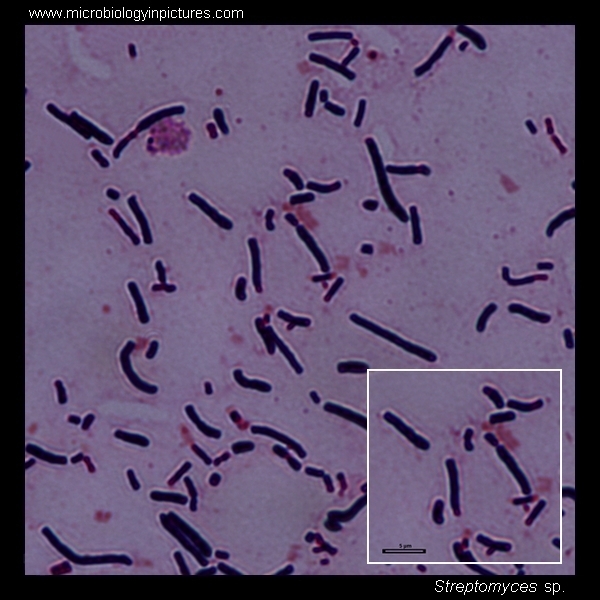🦠Increase in Secondary metabolite production using Streptomyces species
- 1 min
Increase in Secondary metabolite production using Streptomyces species. I did this project at PSG College of Arts and Science, Coimbatore, India. Actinomycetes are a rich source of bioactive natural products important for novel drug leads. Recent genome mining approaches have revealed an enormous number of secondary metabolite biosynthetic gene clusters (smBGCs) in actinomycetes.However, under standard laboratory culture conditions, many smBGCs are silent or cryptic.To activate these dormant smBGCs, several approaches, including metabolic or genetic engineering-based strategies, have been developed. Our project aims to increase streptomycin production through metabolic engineering in both Streptomyces coelicolor and Streptomyces griseus, offering a sustainable solution to address the demand for this life-saving antibiotic.
Methods: Our approach involves the following methodologies: Cultivation of Streptomyces cultures under standard conditions, followed by the application of controlled mechanical stress at specific time points during the fermentation process.
Optimization of agitation parameters including frequency, amplitude, and duration to determine the optimal stress conditions for enhancing secondary metabolite production and activating biosynthesis pathway.
Analysis of secondary metabolite profiles using Staining techniques to perform growth analysis and used chromatographic and spectroscopic techniques to quantify changes in metabolite yields in response to mechanical stress.
Comparative transcriptomic and proteomic analyses to elucidate the molecular mechanisms underlying the stress-induced enhancement of secondary metabolite production.
Results: As part of a collaborative effort, our team conducted growth analysis on various strains of Streptomyces species with the aim of increasing secondary metabolite production by inducing stress. We implemented staining techniques to visualize and analyze the morphological changes in response to stress induction.Through meticulous optimization of culture conditions and the application of physical stress, we achieved a remarkable improvement in secondary metabolite production, with efficiency surpassing 75%. The stress conditions employed not only triggered metabolic shifts but also influenced morphogenesis and cellular interactions within the Streptomyces populations